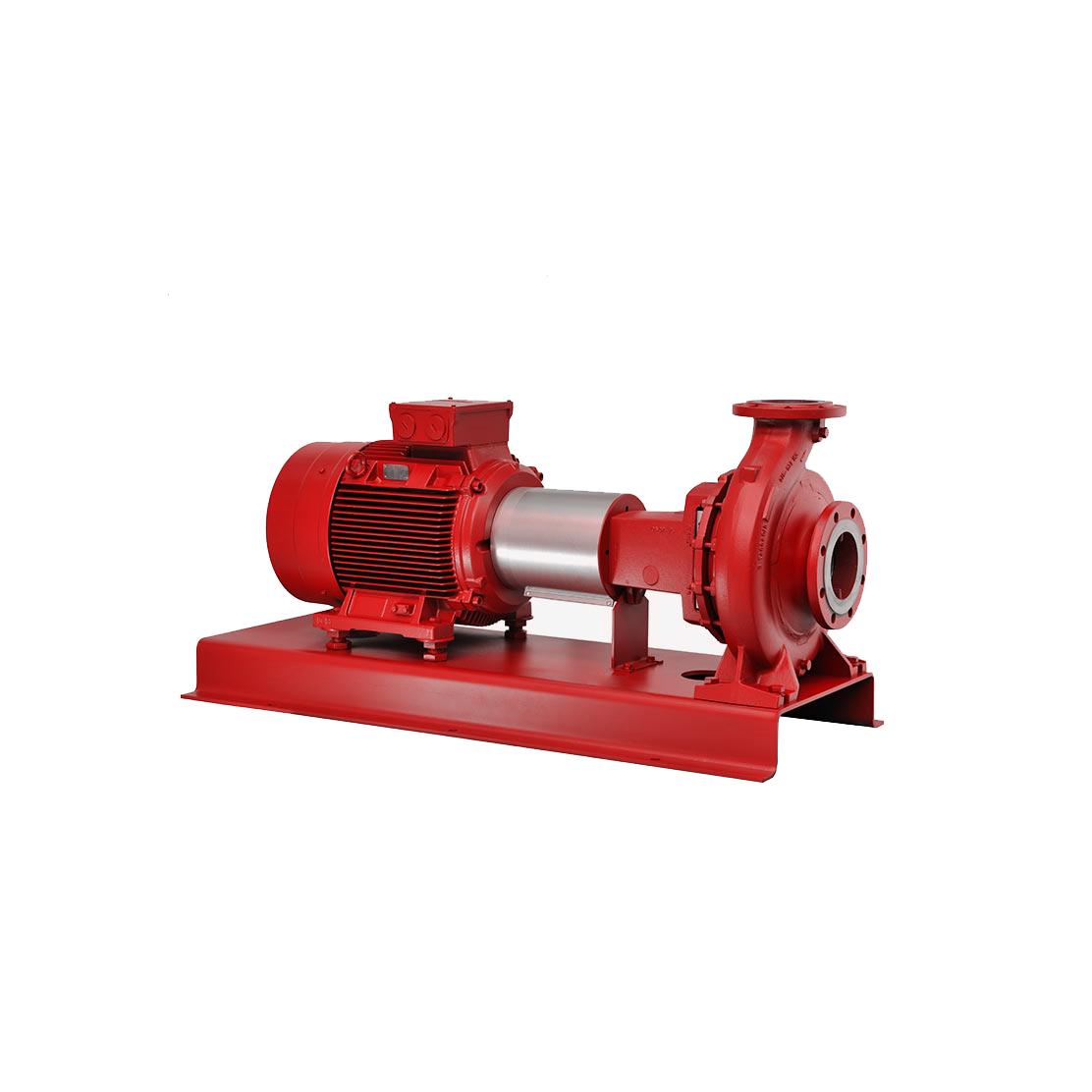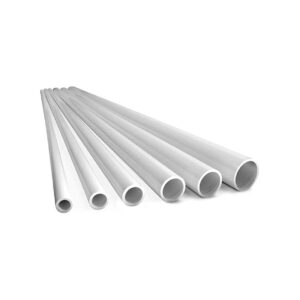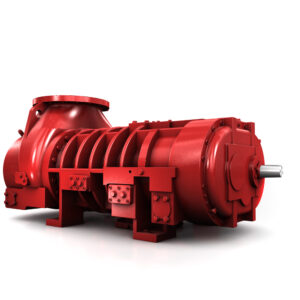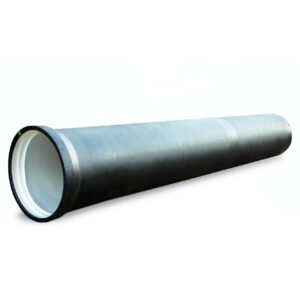Adding product to the cart!
Added to the cart!
Centrifugal Pumps
Centrifugal pumps are a type of dynamic pump that uses centrifugal force to increase the pressure and speed of a fluid. Unlike positive displacement pumps, centrifugal pumps do not create a sealed chamber to move fluid. Instead, they rely on the kinetic energy of a rotating impeller to accelerate the fluid.
Description
How They Work
-
- Impeller: The heart of a centrifugal pump is the impeller, a rotating disk with vanes.
- Fluid Inlet: Fluid enters the impeller’s eye (the center) at a low pressure.
- Acceleration: As the impeller rotates, the vanes accelerate the fluid outward, increasing its velocity.
- Pressure Increase: The increased velocity of the fluid results in a decrease in pressure. To compensate, the pressure of the fluid increases.
- Discharge: The fluid is discharged from the impeller at a higher pressure and velocity.
Types of Centrifugal Pumps
- Radial flow pumps: The fluid flows radially outward from the impeller.
- Mixed flow pumps: The fluid flows both radially and axially.
- Axial flow pumps: The fluid flows primarily in an axial direction.
Advantages of Centrifugal Pumps
- High flow rates: Can handle high flow rates.
- Continuous flow: Provides a continuous, non-pulsating flow.
- Simple design: Relatively simple design compared to other types of pumps.
- Less susceptible to wear: Fewer moving parts that can wear out.
Applications
- Water supply: Used in water supply systems for homes, buildings, and industries.
- Industrial processes: Used in a wide range of industrial processes, such as chemical processing, power generation, and HVAC systems.
- Agricultural irrigation: Used for pumping water for irrigation.
- Wastewater treatment: Used in wastewater treatment plants.








Reviews
There are no reviews yet.